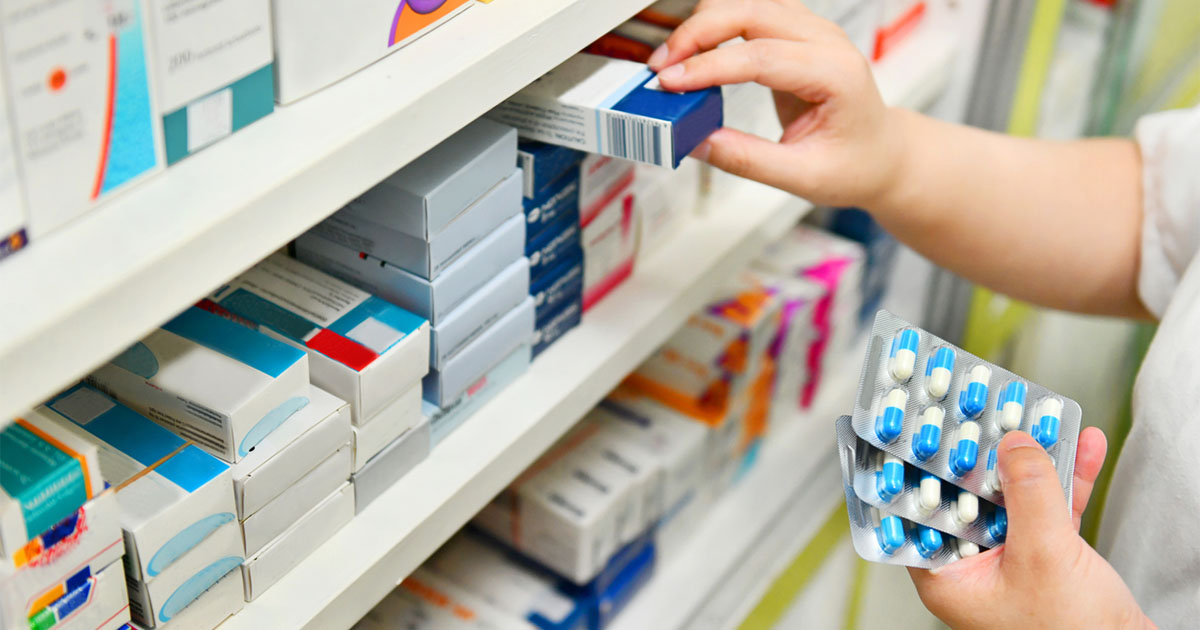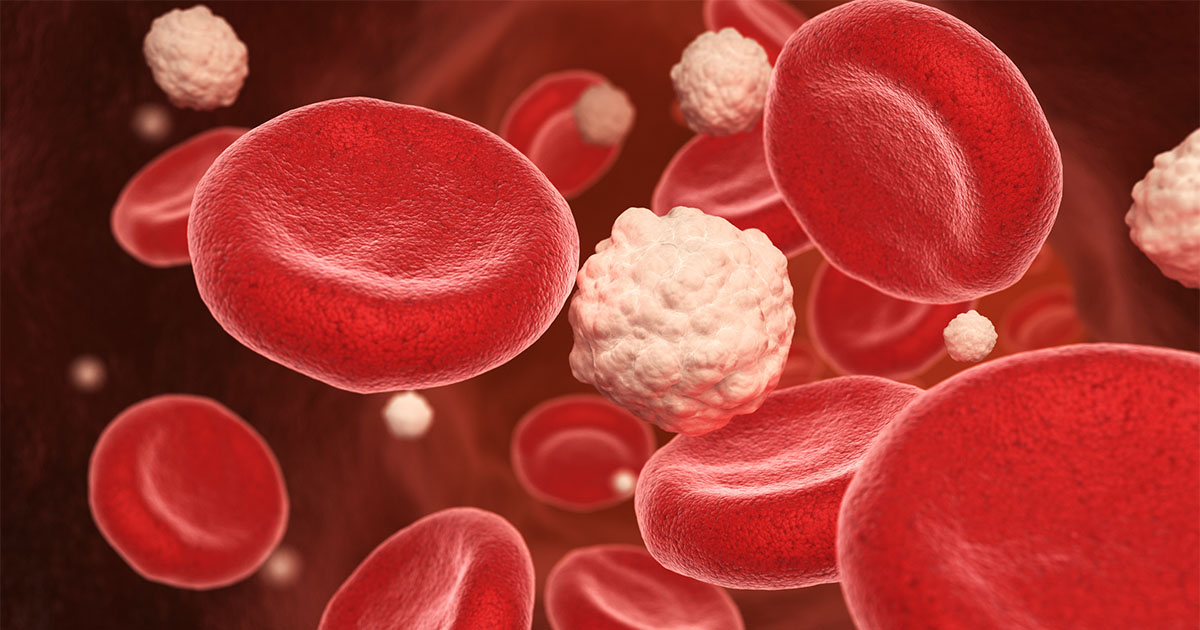The discovery of insulin in 1923 revolutionised the care of people with type 1 diabetes, which was previously an invariably fatal condition. Exogenous administration of insulin resulted in normalisation of blood glucose levels, avoidance of diabetic ketoacidosis and prolongation of life in people with significant insulin insufficiency.
Initially, insulin was isolated from canine pancreatic tissue, which proved experimentally challenging to researchers. Frederick Banting, a young physician in London, Ontario, suggested that it might be feasible “to isolate the internal secretions of the pancreas (in dogs) by ligating the pancreatic ducts to induce atrophy of the acinar cells and thereby minimize contamination of the tissue extract with digestive enzymes” (Best and Scott, 1923).
The importance of this insight was recognised by JJR Macleod, professor of physiology, who provided Banting with dogs and a laboratory for the summer of 1921 and assigned Charles Best, a medical student, as his assistant. By the autumn of that year Banting and Best had isolated pancreatic extracts that prolonged the life of dogs following pancreatectomy.
By the winter of 1922 Banting and Best had successfully treated their first human patient. Macleod enlisted the assistance of Eli Lilly Company to promote commercial development of insulin and JB Collip, a biochemist, whose expertise was in insulin purification. Within a year of the discovery, commercial production of insulin resulted in widespread availability in daily clinical practice.
Challenges in insulin therapy
A number of types of insulin have been developed since the 1920s, including “bovine”, “porcine”, “human” and, most recently, “analogue” preparations. Immunogenic factors promoted research into non-animal insulin. In addition to its use in people with type 1 diabetes, insulin therapy has been extended to people with type 2 diabetes whose glycaemic control is suboptimal with oral antidiabetes drugs.
While substantial progress has been made, important challenges remain. It is difficult to accurately replicate physiological insulin secretion over a 24-hour period in type 1 diabetes while simultaneously avoiding hypoglycaemia. In clinical practice, basal–bolus regimens do not always fully compensate for overnight blood glucose fluctuations and rapid-acting insulin does not always consistently suppress post-prandial glucose excursions without causing hypoglycaemia.
Modes of delivery of subcutaneous insulin have also evolved, from needle and syringe to the subsequent development of pen injection devices and, more recently, continuous subcutaneous insulin infusion (CSII; also known as insulin pump therapy). The advent of CSII offers the possibility of closely linking insulin requirements with blood glucose levels on an ongoing basis but requires advanced technology. “Closed-loop” systems that “link” insulin pumps with continuous glucose sensors without intervention from the user show promise (Hovorka et al, 2011) and look likely to enter mainstream clinical practice in the near future. The delay between interstitial glucose measurement by glucose sensors and central vascular blood glucose levels, however, necessitates the use of predictive algorithms designed to compensate for this delay and ensure insulin infusion rates are matched appropriately to “real-time” blood glucose levels (Hovorka, 2010).
Insulin use in type 2 diabetes presents a range of challenges, not limited to hypoglycaemia and the potential for weight gain. Mode and frequency of administration are particularly important in a group who often have no symptoms of their hyperglycaemia. While insulin is an effective blood glucose-lowering agent, fear of insulin itself contributes to patient reluctance to escalate their therapy, as does the need to inject on a regular basis (Fu et al, 2009). Significant research into modified insulin and alternative systems for delivering insulin therapy is ongoing in an effort to improve adherence and acceptability.
Future developments
Long-acting insulins
Several long-acting insulin analogues are in development. Insulin degludec is a basal insulin that forms soluble multihexamer assemblies following subcutaneous injection, resulting in an ultra-long action profile (Heise et al, 2011). In addition to providing an alternative long-acting insulin for use in type 1 diabetes it has been proposed for use as a basal insulin in type 2 diabetes, with comparable glycaemic control to insulin glargine without additional adverse events in one recent study (Zinman et al, 2011). Other basal insulins are also in development, including two basal insulin analogues – LY2605541 and LY2963016 – which are expected to enter phase III clinical trials this year (European and Pharmaceutical Review, 2011).
Rapid-acting insulins
The “ideal” rapid-acting insulin, particularly when used in CSII, would have a very rapid onset of action without a prolonged “tail” effect. Challenges facing the achievement of this ideal relate to problems in promoting insulin hexamer disassembly while avoiding insulin fibrillation. As well as attempting to solve such issues with the creation of new insulin analogues, other solutions being investigated include mechanical improvements, use of new accelerants, enzymatic modification and protein engineering. As an example, VIAject™ (Biodel Incorporated, Danbury, Connecticut) is a new formulation of recombinant human insulin containing ingredients that support the dissociation of insulin hexamers and increase the rate of absorption of insulin.
Inhaled insulin
Inhaled insulin continues to be researched despite the withdrawal of Exubera® (Pfizer, Walton-on-the-Hill). The lung has a large absorptive area and offers an attractive alternative route of administration to subcutaneous injection. Recombinant human insulin adsorbed onto technosphere particles (AFREZZA®, MannKind Corporation, Valencia, California) has resulted in ultrafast insulin that is being studied in people with type 1 and type 2 diabetes (Neumiller et al, 2010; Rosenstock et al, 2010).
Insulin patches
There are a number of insulin patch systems under development and two are discussed here. The PassPort Patch® (Altea Therapeutics, Atlanta, Georgia) system consists of an applicator and patch. The patch contains a reservoir of drug and an extremely thin film of metallic filaments known as the porator. On application of the patch a single pulse of electrical energy released into the porator is converted into thermal energy. This ablates the stratum corneum under the filaments and creates micropores in the skin. Besides basal insulin, the system has been used to deliver protein drugs, vaccines and water soluble drugs.
The FinesseTM (Calibra Medical, Redwood City, California) insulin patch pen, measuring 2 × 1 × ¼ inches, delivers rapid-acting insulin through a small cannula and can hold up to 200 units of insulin. Activation is by pressing two buttons on either side of the device. It crosses the boundary between insulin pumps and insulin patch pump. Insulin pumps and insulin patch pumps have been covered in a previous article (Evans, 2011).
Oral insulin
Degradation and diffusion are significant challenges to be overcome if insulin is to be delivered orally. Insulin polymers may provide a solution to the degradation of insulin. Bioavailability and kinetics of oral insulin are determined to a significant extent by the timing of drug ingestion with meals. There are several preparations in advanced stages of development including oral inhaled capsules. CapsulinTM (Diabetology, Jersey) and hepatic-directed vesicle insulin (Diasome Pharmaceuticals, Conshohocken, Philadelphia) are other oral insulins being developed for use in humans.
Nasal, sublingual and buccal insulin
NasulinTM (CPEX Pharmaceuticals, Exeter, New Hampshire) is an intranasal insulin spray being investigated for use in humans. It has a peak action at 15 minutes and demonstrates significant glucose reduction in post hoc analyses (CPEX Pharmaceuticals, 2009). A sublingual recombinant human insulin (VIAtabTM, Biodel Incorporated, Danbusy, Connecticut) is administered via a tablet that dissolves under the tongue and is undergoing human trials. Buccal insulin preparations are also being investigated for use in type 1 and type 2 diabetes. As an example, Oral-lynTM (Generex Biotechnology Corporation, Toronto, Ontario) is an oral spray formulation of human insulin indicated for the treatment of type 1 and 2 diabetes.
“Smart” insulins
Insulins that respond to ambient glucose concentrations – so called “smart” insulins – are in the early concept stage of development and undergoing phase I trials. A boronate glucose sensor with polymer sensing molecules releases insulin in response to changes in glucose concentrations. The prospect of depot preparation that releases insulin in accord with ambient glucose concentrations is a novel approach to glycaemic control. It remains to be seen whether this modality is both safe and efficacious.
Conclusion
Nearly 90 years after its discovery, insulin remains a key therapeutic agent in the management of diabetes. A palette of insulins are already available today and significant efforts are being made to generate new insulins, and insulin preparations, to overcome some of the current challenges associated with the therapy. From current and future research programmes the possibility of insulin administration other than by subcutaneous injection or infusion may become a reality for many people with diabetes.





Risk ratios of 1.25 for autism spectrum disorder and 1.30 for ADHD observed in offspring of mothers with diabetes in pregnancy.
18 Jun 2025